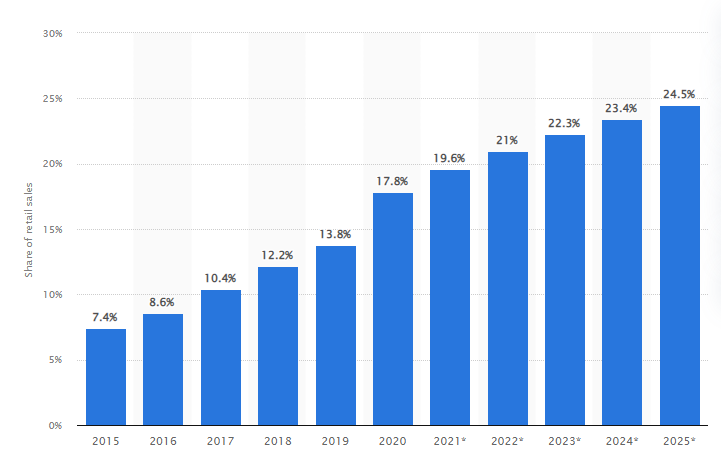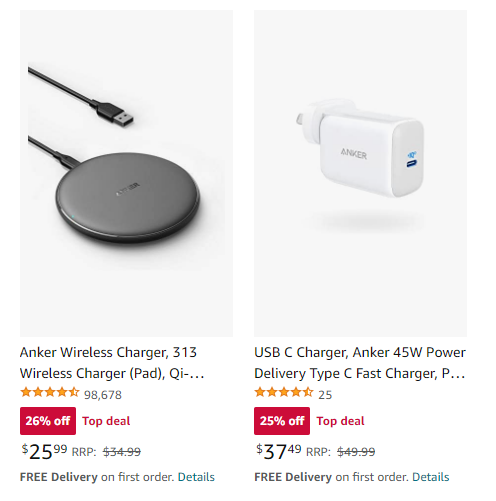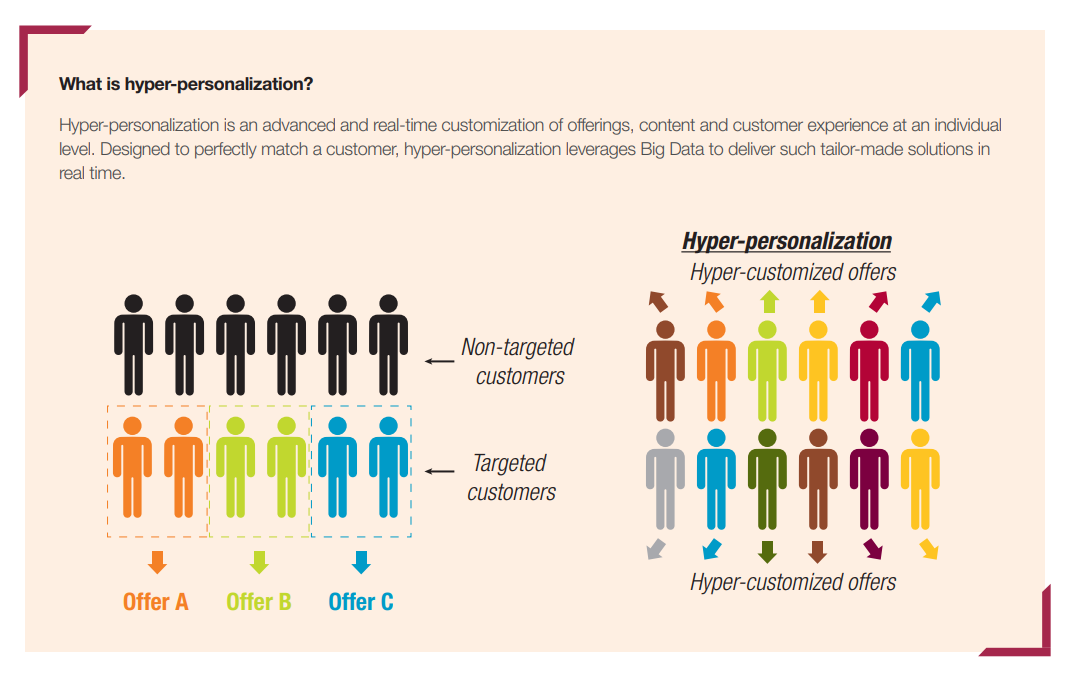The Future of Online Marketplaces
AND WHY THEY ARE LEADING THE WAY
We can be online anywhere, anytime. We have access to more information and data than ever before. We are no longer reliant on geography, serendipity or social networks to connect groups of people. Hence the growth of online marketplaces which are set to reach a growth of 6.5 Trillion dollars by 2023, according to an eCommerce statistic.
An omnichannel strategy is your best option for growing your brand in 2022 — and one that integrates marketplaces can be used to great effect. A recent study found that 44% of product journeys begin on marketplaces.
In this blog we are going to cover the future of online marketplaces and how you can adopt these technical changes to boost your business.
Are marketplaces the future of retail?
The gradual shift of consumers to online retail was given a huge boost during the pandemic as the majority of non-essential commerce went digital.
In recent years, eCommerce has offered many brands a new lease of life, with benefits of digitalisation and the creation of omni-channel shopping experiences. This is something that has been majorly emphasised by the global pandemic, as bricks-and-mortar retailers who have not adapted to life online have struggled.
Why are online marketplaces growing so fast?
In a time characterised by sudden changes, unpredictability and a need for flexibility, online marketplaces are taking the place of our so-called marketing world. But why are many retailers jumping on the marketplace bandwagon? Let’s take a look at the top reasons why:
1. No Need For a Physical Space
Leasing a retail space can feel like a big risk. There’s both a financial and a resource investment to renting a space.
For the seller, the most convenient option is a virtual store. There’s no need for a physical store to increase the size of your business; you don’t even need to hold stock if you are operating a drop shipping model!
With the blessings of technology, you can access global markets quickly and without too much hassle. All you need is smart marketing, a speedy website and popular payment gateways for easy buying facilities.
2. Convenient to Reach
Nowadays, everyone is searching for the most convenient way to buy a product. We’re seeing the percentage of online purchases slowly encroaching on physical stores, a trend that’s set to continue. In 2021, ecommerce made up nearly 20% of retail sales worldwide. Forecasts indicate that by 2025, the online segment will make up close to a quarter of total global retail sales.

Source: Statista
70% of shoppers say online marketplaces are the most convenient places to shop. Prices, product selection and shipping are among the key reasons for consumers turning to online marketplaces for their shopping.
3. Global Expansion
When participating in the global marketplace, location is not a barrier. With a low cost of entry and minimal technology requirements, testing new markets via online marketplaces makes perfect business sense.
Global expansion allows for opportunities for increased sales and revenue as well brand recognition on a global level. The opportunities for growth are endless!
4. Profitable Offers
Everybody loves a bargain! Shoppers are continuously browsing for the next best deal online. Now you can buy anything online at a competitive price. These platforms offer deals on special occasions. For example, Black Friday, Cyber Monday, Boxing Day and Amazon Prime Day sales.
Selling your products at a discounted rate on marketplaces is a great way to move excess stock without damaging your brand’s value. With the right technology, you can easily manage listings with different price points on as many marketplaces as needed.

Source: Amazon
5. Fast & Reliable Shipping
Fulfillment expectations for online stores are increasing.
When it comes to buying online, 40% of shoppers say that a delivery time of two days or more would prevent them from buying; additionally, 63% of buyers expect products to arrive in three days or less.
As an online seller, you want to provide the highest quality experience from screen to delivery, but that isn’t always feasible. Selling your products on an online marketplace and having orders fulfilled from their warehouse can be the solution to faster delivery times.
For example, over half of the top 1000 sellers on Amazon use Fulfilled by Amazon (FBA). This allows for sellers to become part of the Amazon Prime program, which guarantees two-day shipping to customers who buy their products from Amazon.
6. Trustworthy Policies
Marketplaces such as eBay and Amazon have shown their solid perspective on the delivery policy. From shipping to the warehouses, they have rules for everything. That’s why they are on top. It’s another reason for people’s trust in the online marketplace.
The future of online marketplaces in 2022 & beyond
New eCommerce development technologies are evolving so quickly that it is hard even to imagine how the industry will look in a decade. The online marketplace is the future of the global economy. Here are some of the most promising technologies which will be the next best thing.
1. Voice Command Searching
In today’s fast paced environments, people need the most convenient and fastest technologies to keep them powering through the day.
Voice search is becoming a big feature on websites. Almost 72% of people search for their favorite products through voice commands instead of search. Voice commands also enhances the speed of your site and takes up less space than the usual search box.
2. The Importance of Unified Inventory
Having one single source of inventory truth for all your sales and marketing channels is key to ensure your inventory is available to be sold no matter where it’s located.
With a single source of inventory truth, live stock counts are available online, allowing customers to check instore stock, click & collect and click & reserve.
Where is the stock relative to the customer? How many items are left at the closest store? Where else can the order be fulfilled from? A unified commerce solution allows for informed decisions to be made real-time, presenting the customer with all available options at checkout, generating an amazing customer experience.
3. The Growth of Recommerce
Recommerce has never been hotter in the retail fashion world. Also known as reverse commerce, is the model of selling used or previously owned goods.
From thrift stores to high-end luxury boutiques, there’s a whole spectrum of companies that follow a recommerce model. There are now numerous digital marketplaces that have taken resale from brick-and-mortar stores to online operations.
For example, THE ICONIC has partnered with the Australian recommerce platform, AirRobe and has become the first major online retailer globally to integrate one-click functionality. This allows customers to extend the life cycle of their preloved fashion items, without having to do any heavy lifting.
4. Inclusion of Vertical Marketplaces
Vertical eCommerce is about being the best in your industry at the expense of target group limitation. The recent trend is niche-based platforms. Since the minor genre finds it hard to get the limelight on giant online platforms, they have started their own. These smaller niches are grabbing all the possible opportunities as well.
Let’s take UK-based Not On The High Street for instance, they are a platform for small businesses selling unique creative products – items that you would not find on the usual big marketplaces. Each seller is able to highlight the most impressive aspects of their brand on the storefront and craft a distinctive identity for themselves. This makes their brand and products memorable to customers, encouraging repeat sales.
5. Nailing Hyper-Personalisation
Hyper-personalisation is a marketing strategy that personalizes an individual’s online experience by using data, analytics and artificial intelligence. For example, a shopper browses a website for skin care products and simultaneously the website recommends similar items based on their specific search history.
By giving customers a better and more custom experience, businesses are able to engage more with their audience, establish a stronger bond with consumers and generate new leads.

Source: Capgemini
6. AI Technology to Ensure Constant Service
AI can help today’s online retailers deliver an optimised customer experience on and off their ecommerce websites by using collected business and customer data to make better business decisions and more accurately predict the future.
Artificial intelligence isn’t just a novel technology implemented for its “cool factor.” Implementing AI has the potential to impact any number of business functions across your organization.
7. Composable Commerce
Composable Commerce is an architecture made of many different services and tools, integrated to provide the complete marketing, sales and service lifecycle, whilst keeping the customer experience and business needs at the forefront. This kind of modular approach enables the selection of best-in-breed solutions for each unique business that needs to assemble a customized tech stack.
Using the composable application approach, digital experiences are assembled as required, depending on the customer and touchpoint requirements, and delivery of an “ecommerce site” may be just one of these experience types.
Marketplaces and sales channels fit nicely in an composable commerce solution; they simply become additional ‘modules’ in an ecommerce stack.
Leveraging marketplaces to boost your brand
For the consumer, purchasing from marketplaces is easy, convenient, and enjoyable; it’s the place to be for your brand. Brands selling on marketplaces tend to see consistent sales as well as additional value in the form of credibility, search engine performance, global reach, and much more.
If you’re looking to expand your business to a marketplace, you’ll want to make sure your products are set for top performance. Marketplaces require more product data than you might expect — and the stronger your products, the better your results.
To ensure your products are set up for success, the data needs to be clean, enriched, structured and customer-friendly – this is where a PIM solution comes into the picture. By centralising your product information in a single repository, PIM enables you to create a single version of the truth, leaving no chances for inconsistencies. This centralised data is then distributed across all marketplaces. PIM can also be used to boost advertising on marketplaces for better product experiences, enhanced traffic, reduced returns, and higher conversion rates.

